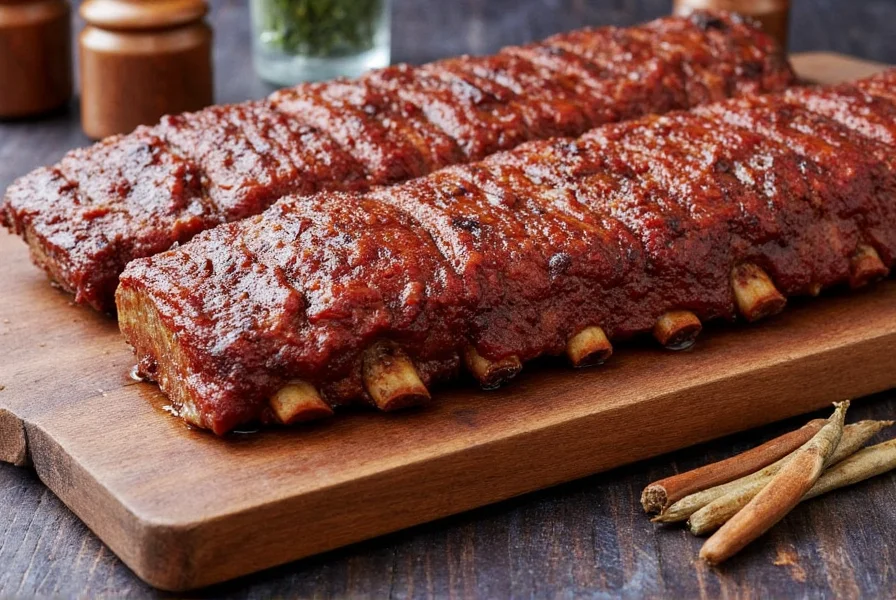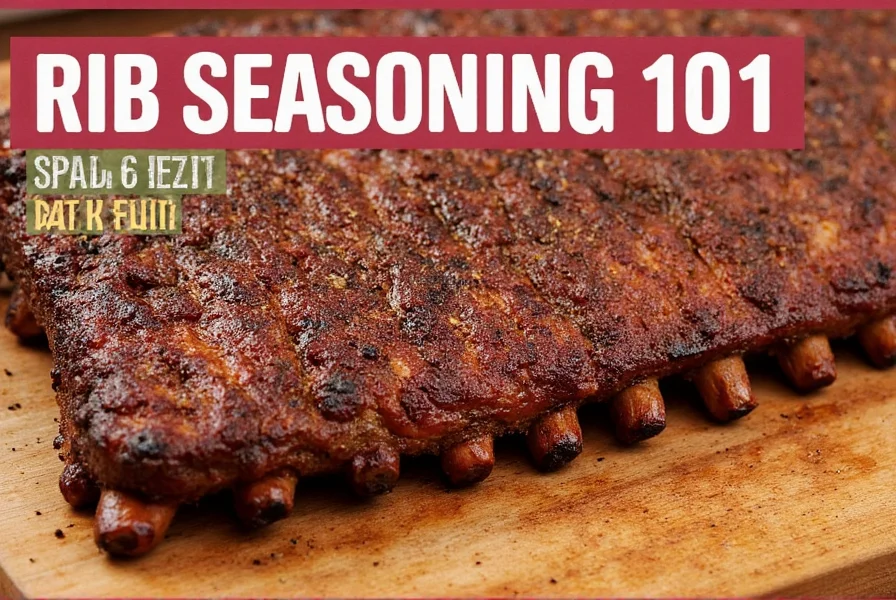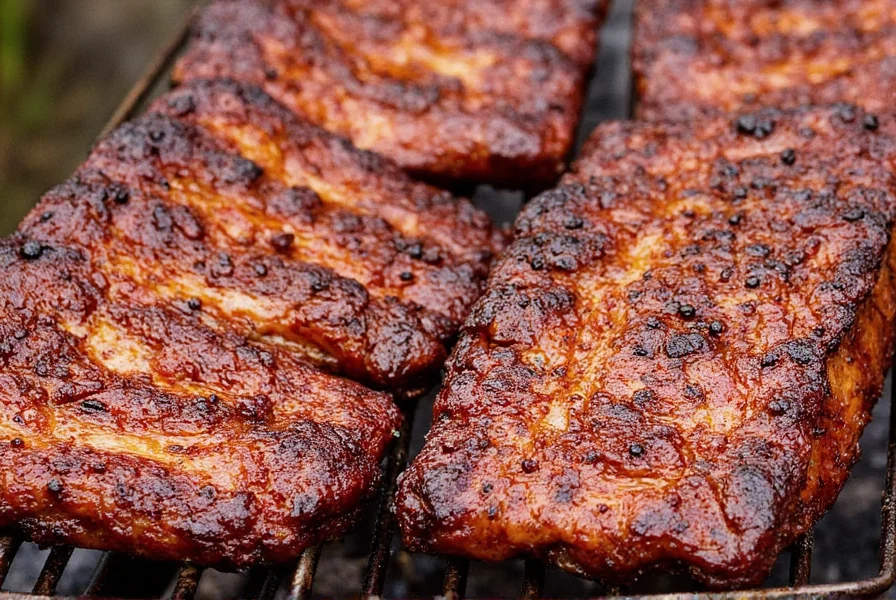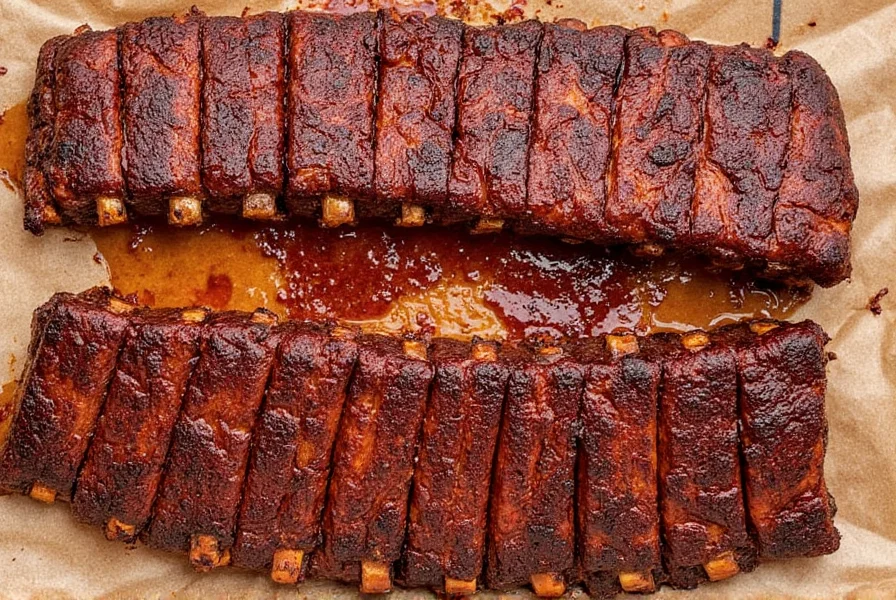Table of Contents
How to Smoke St. Louis Ribs: A Complete Step-by-Step Guide
Smoking St. Louis ribs is the ultimate way to achieve tender, flavorful pork with perfect smoky depth. This guide covers everything you need to know to smoke ribs like a pro - from selecting the right raw ribs to mastering temperature control and spice rubs. Whether you're a beginner or experienced pitmaster, these proven techniques will help you create restaurant-quality ribs at home.

Step-by-Step Smoking Guide
Follow these precise steps for perfectly smoked St. Louis ribs every time:
1. Prepare Your Ribs
Remove the membrane from the bone side using a butter knife and paper towel. Trim excess fat to about 1/8 inch thickness for optimal flavor and texture. Apply your spice rub generously and let the ribs rest for 30-60 minutes at room temperature.
2. Set Up Your Smoker
Preheat your smoker to 225-250°F (107-121°C) using fruitwood chips like apple or cherry for mild sweetness. Maintain consistent temperature throughout cooking. Place a water pan in the smoker to add moisture and stabilize heat.
3. Smoke the Ribs
Place ribs bone-side down on the smoker grate. Smoke for 3 hours without opening the smoker. After 3 hours, wrap ribs in butcher paper or foil (Texas Crutch method) and return to smoker for another 2 hours. Unwrap and smoke for 30-60 minutes to develop bark and set sauce.
4. Test for Doneness
Ribs are done when they reach 195-205°F internal temperature, the meat pulls back 1/4-1/2 inch from bones, and the ribs bend easily when lifted with tongs. Let ribs rest for 15-20 minutes before slicing and serving.

Best Spice Blends for Ribs
The right spice rub creates the foundation for incredible flavor. Here are three professional-grade blends:
| Blend Type | Ingredients | Flavor Profile | Best For |
|---|---|---|---|
| Classic BBQ Rub | Paprika, brown sugar, garlic powder, onion powder, cumin, black pepper, cayenne | Sweet, smoky, balanced heat | Traditional barbecue lovers |
| Spicy Texas Rub | Chili powder, cumin, smoked paprika, garlic powder, onion powder, brown sugar, cayenne | Bold, spicy, deep smokiness | Heat lovers and Texas-style BBQ |
| Mild Sweet Rub | Paprika, brown sugar, garlic powder, onion powder, mustard powder, salt | Subtle sweetness, gentle spice | Family-friendly meals and beginners |
How to Choose Raw St. Louis Ribs
Selecting quality raw ribs is crucial for perfect results. Here's what to look for:
| Feature | What to Look For | Why It Matters |
|---|---|---|
| Marbling | Even fat distribution throughout the meat | Ensures juicy, tender ribs during smoking |
| Trimming | Uniform thickness with minimal excess fat | Prevents uneven cooking and improves texture |
| Color | Pinkish-red meat with white fat | Indicates freshness and proper handling |
| Source | Reputable butcher or trusted supplier | Guarantees food safety and quality standards |
When purchasing, avoid ribs with yellowing fat, strong odors, or excessive liquid in the packaging. For best results, buy ribs 1-2 days before smoking and keep refrigerated until ready to use.
Frequently Asked Questions
What's the ideal smoking temperature for St. Louis ribs?
The ideal smoking temperature is 225-250°F (107-121°C). This "low and slow" method allows collagen to break down properly without drying out the meat. Temperatures above 275°F will cook ribs too quickly, resulting in tough texture.
How long does it take to smoke St. Louis ribs?
Typically 4-6 hours at 225-250°F. The exact time depends on rib size and smoker conditions. Ribs are done when they reach 195-205°F internal temperature and pass the bend test (flexible but not falling apart).
Should I wrap my ribs during smoking?
Yes, wrapping in butcher paper or foil at the 3-hour mark (when ribs reach ~160°F) is recommended. This "Texas Crutch" method helps push through the stall period, retains moisture, and speeds up cooking. Add 1-2 tbsp apple juice inside the wrap for extra moisture.
What's the difference between St. Louis ribs and baby back ribs?
St. Louis ribs are cut from the belly section, making them flatter, meatier, and fattier than baby back ribs which come from the loin area. St. Louis ribs have more connective tissue that breaks down into gelatin during smoking, creating superior tenderness and flavor.
What type of wood is best for smoking ribs?
Fruitwoods like apple and cherry provide mild, sweet smoke that complements pork. Hickory offers stronger traditional BBQ flavor, while oak gives balanced medium smoke. Avoid mesquite as it can overpower the delicate pork flavor. Many pitmasters combine woods - starting with hickory and finishing with apple for complexity.
Conclusion
Smoking St. Louis ribs is a rewarding culinary experience that combines science and art. By following these precise techniques for temperature control, spice application, and wood selection, you'll consistently create tender, flavorful ribs that impress any crowd. Remember: patience is key - the low-and-slow approach transforms tough connective tissue into melt-in-your-mouth perfection. Happy smoking!












 浙公网安备
33010002000092号
浙公网安备
33010002000092号 浙B2-20120091-4
浙B2-20120091-4